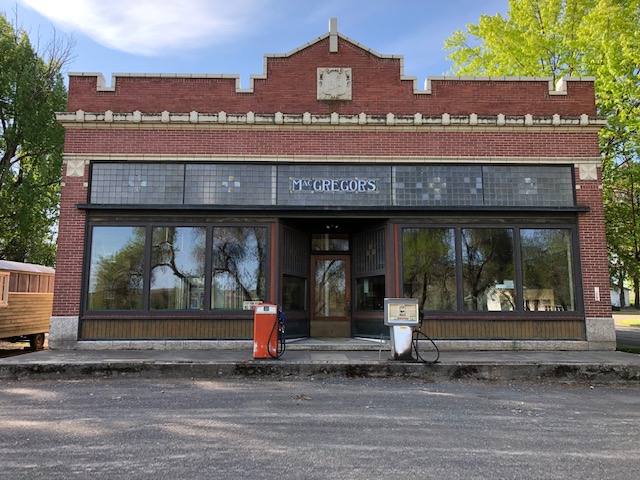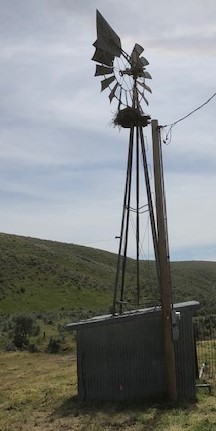HOOPER
Hooper is a small town along the Palouse River in the southwestern part of Whitman County on the Old State Highway 26. Unfortunantly, when the highway was rerouted in the 1970s, the town was taken off the beaten track so population and services plummeted even further.
The town was named around 1883 by the Oregon Railway & Navigation Company, for Albert J Hooper, an early settler there.
According to a Seattle Times 2007 article by Lynda Mapes, the McGregor Company, one of the NWs largest independent fertilizer companies, has made the town part of its headquarters. The center of the community houses an impressive brick buiding that was once the company store. It originally opened in 1915 and used to have everything from "insurance to barbed wire" but eventually closed in the 1970s.
Though the area boomed in the 1920s, the brick building is still used as the McGregor offices for the farm's manager and for family functions. The hotel interior has innumerable photos gracing the walls though the floor plan is open. One of the only other existing activites in town seems to center on the post office though there are nearly 20 residences there.
Washington's Centennial Farms, 25 Years Later, 2014 notes that McGregor Land & Livestock was established in 1883, about the same time the town of Hooper came into being. Many of the buildings in town date back to the early pioneer days. The owners have started restoring the historic brick general store and the ranch boarding house, upgraded several homes and are renovating harvest cook shacks and sheep herder wagons. There are many homesteads in the area and windmills that are still used to pump water for livestock.

The original McGregor Company General Store is still standing in downtown Hooper.

There are many windmills which dot the landscape throughout eastern Washington. This particiular windmill dates to before 1915 when water rights were acquired by the McGregor Family to drill it. The 126 feet deep well was drilled using a cable rig in the 1920s operated by a windmill for the purpose of providing water for livestock. The metal framework vane (tail) structure was manufactured by "Huges & Co, Spokane, WA." A diesel bnerateor helped pump water from the well to a concrete cistern and operated until the 1970s. That was when the owners added electrictiy from Inland Power and Light to bring overland power via pole to the site.
